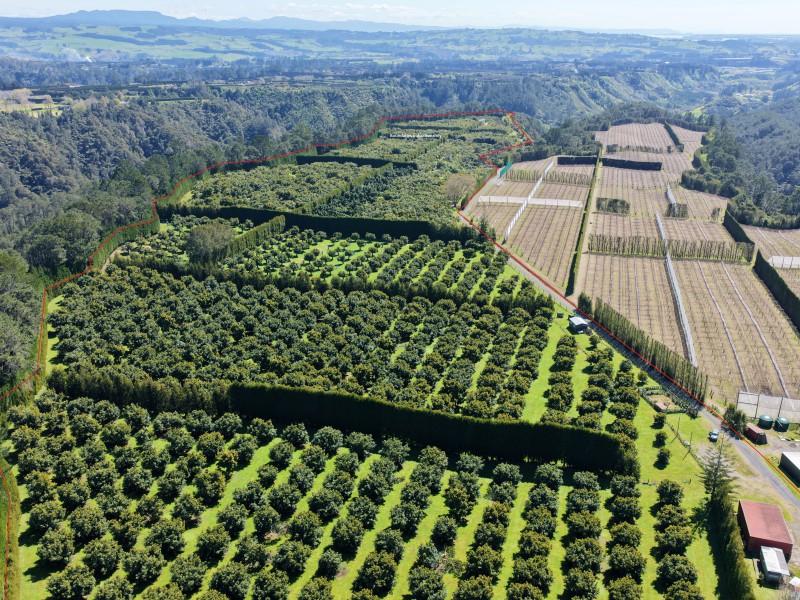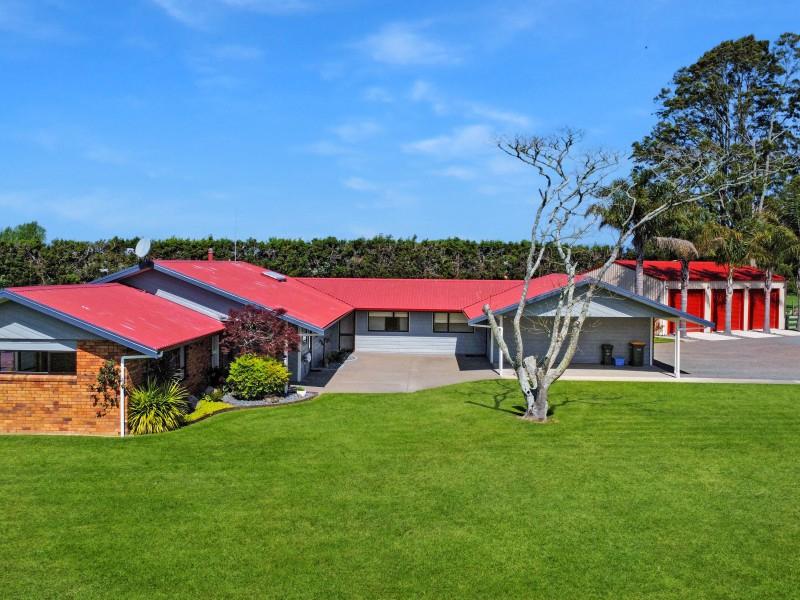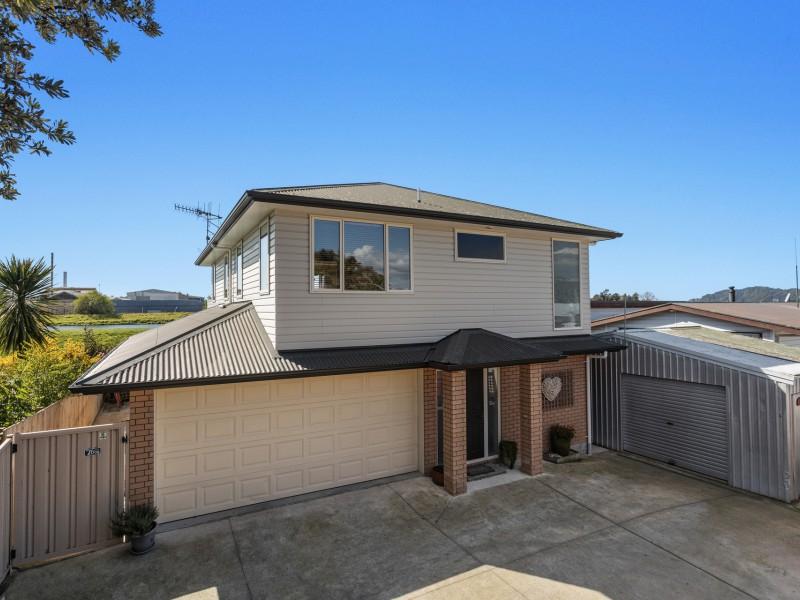Tips for a Fresher Looking Natural Fibre Rug
1) Clean your rug on a regular basis. This may seem like an obvious thing to state, but you should know that it is much easier for dirt particles to become entangled in natural fibre carpeting than it is with their synthetic counterparts. To this end, make sure to regularly vacuum your rug using the appropriate upholstery attachment. Other methods you can try is shaking the rug to remove debris, or hanging it up outside and dusting it with a tennis racket, big stick, etc.
2) Use a damp towel to remedy curled rug corners. If you have been using your natural carpeting as an area rug, especially in high traffic areas, you will sooner or later notice that its corners have started to curl. To fix this, simply dampen the curled area with an evenly spread damp towel, place some weights on top, and leave it overnight. Keep in mind that you may have to repeat this process a few more times, depending on how long your rug had its corners curled.
3) Cut sprouting fibres using shears. Since most natural fibre rugs are braided and sewn by hand, they are very prone to sprouting. This goes double for jute, which has shorter fibres. To remedy this, simply use shears to clip down the fibres that have already stuck out from the rug surface. The good news is that, with time, the fibres will “settle in” and you will no longer have to use your scissors as much.
4) Always contact a manufacturer for advice on cleaning specific stains. If you cannot identify the stain on your rug, or it needs a more thorough cleaning overall, we highly encourage you to seek out the original manufacturer for specific cleaning recommendations, since most companies treat the fibres of their natural products differently.
Keep reading: www.curtainclean.co.nz...

Today’s Mind-Bender is the Last of the Year! Can You Guess It Before Everyone Else? 🌟🎁🌲
I dance in the sky with green and gold, a spectacle few are lucky to behold; I’m best seen in the south, a celestial sight—what am I, lighting up the New Zealand night?
Do you think you know the answer? Simply 'Like' this post and we'll post the answer in the comments below at 2pm on the day!
Want to stop seeing these in your newsfeed? No worries! Simply head here and click once on the Following button.

Shame on You!
This is what greeted workers at Brookfield Sallies yesterday morning. All of it looks like it should have gone straight to the tip, which is what the Sallies will now have to pay to do. Surely whoever does this has no conscience. The Sallies do an amazing job of helping people in times of need and they don't need to be spending any money they receive on doing your dirty work, especially at this time of year.

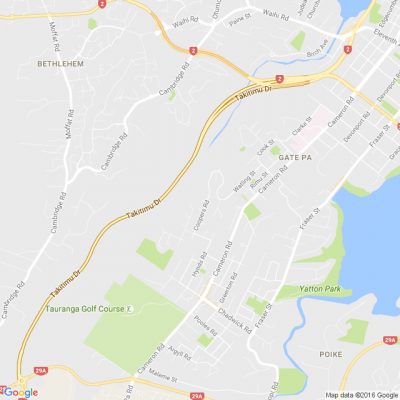
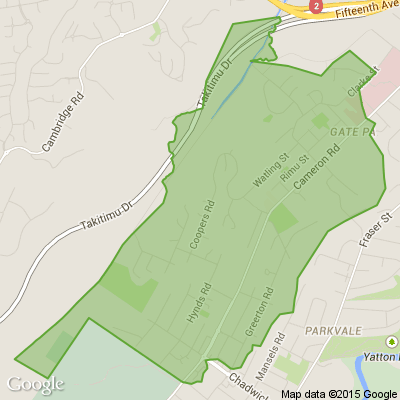





 Loading…
Loading…





